The world of aviation has seen countless remarkable airplanes, but some have become so rare that they’ve all but disappeared from the skies. These vintage aircraft, once marvels of engineering, are now nearly impossible to find. In this article, we’ll explore 15 rare vintage airplanes that you’ll likely never see again, each with its own unique story and place in aviation history.
Contents
Lockheed Vega
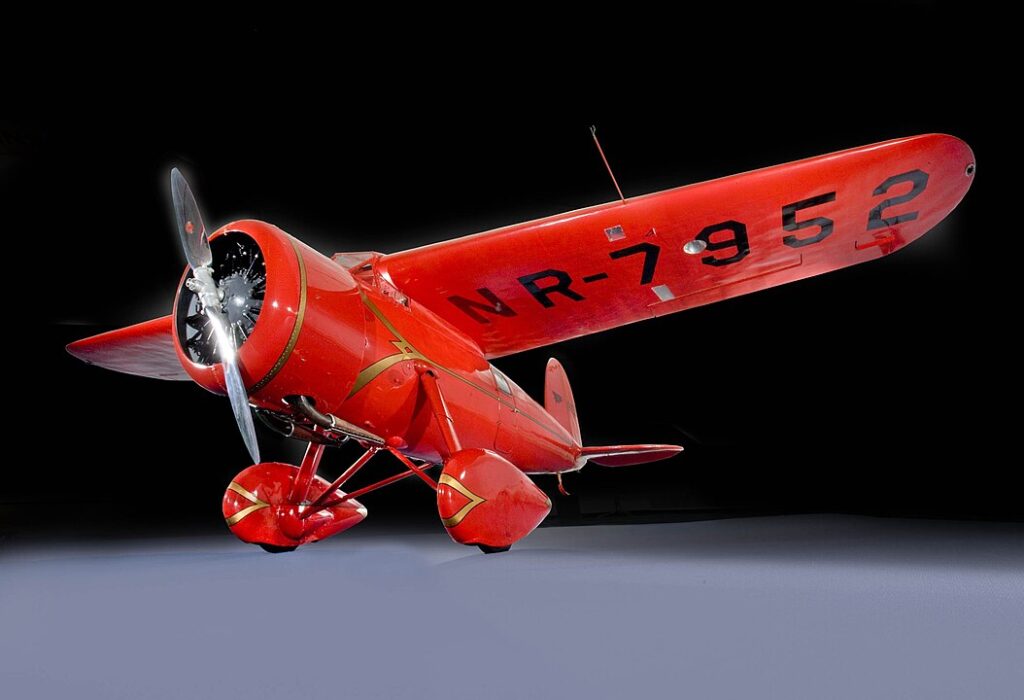
The Lockheed Vega was an iconic aircraft of the 1920s and 1930s, famous for its streamlined design and impressive performance for its time. It was used by pioneering aviators like Amelia Earhart and Wiley Post, who set numerous records with it. The Vega’s wooden monocoque fuselage and cantilever wing design were advanced for its era, contributing to its excellent speed and range. Today, only a few examples remain, making it a rare sight in the aviation world.
Curtiss-Wright C-46 Commando
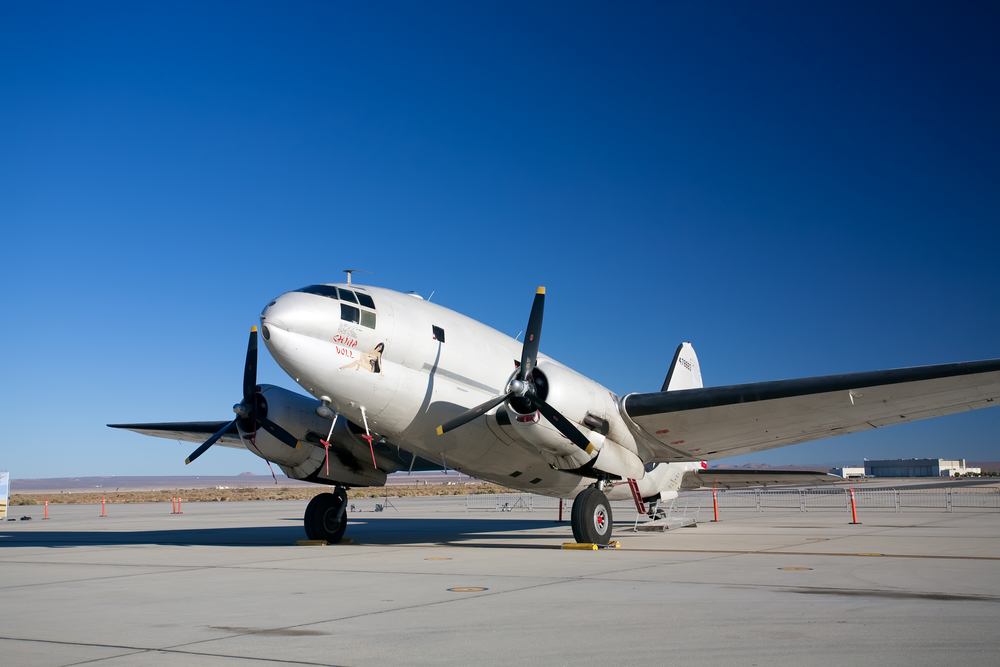
The Curtiss-Wright C-46 Commando was a robust transport aircraft used extensively during World War II. Known for its large cargo capacity and ability to operate in harsh conditions, the C-46 played a crucial role in transporting troops and supplies across challenging terrains like the Himalayas. Despite its significance, very few C-46s have survived, and those that do are mostly in museums, making it a rare vintage aircraft today.
Boeing Model 40

The Boeing Model 40 was a pivotal aircraft in the development of commercial aviation, being the first plane built by Boeing for carrying both mail and passengers. Introduced in the late 1920s, it featured a rugged design with a wood and fabric-covered fuselage. The Model 40 was instrumental in establishing early airmail routes, but its rarity today stems from the limited production numbers and the transition to more advanced aircraft in the following decades.
Douglas XB-19
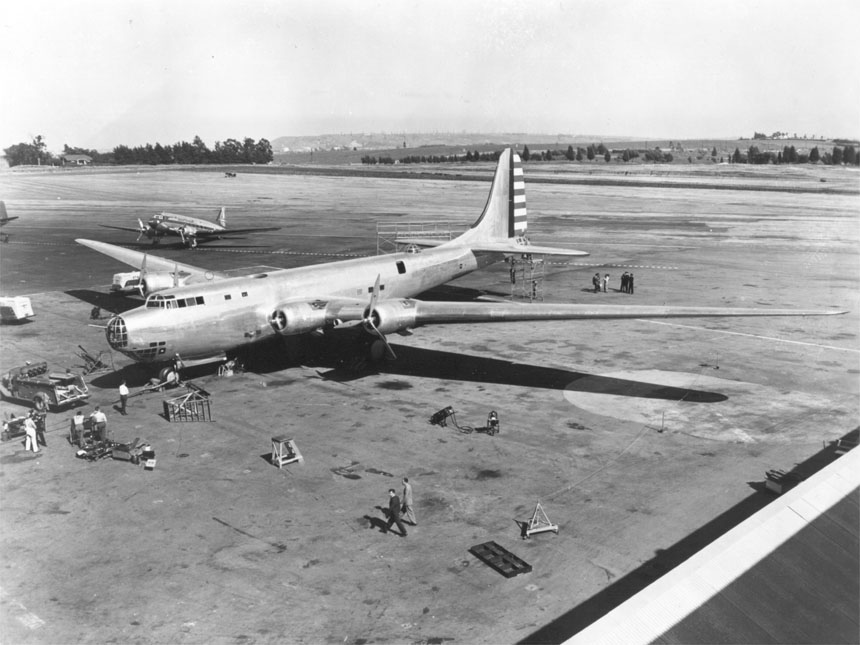
The Douglas XB-19 was an experimental heavy bomber built in the 1940s, intended to test the feasibility of long-range bombing missions. With its massive size and advanced engineering, it was the largest bomber in the world at the time. However, only one XB-19 was ever built, and its role was quickly overtaken by more modern designs. The aircraft was eventually scrapped, leaving it as a rare and largely forgotten piece of aviation history.
Martin B-10
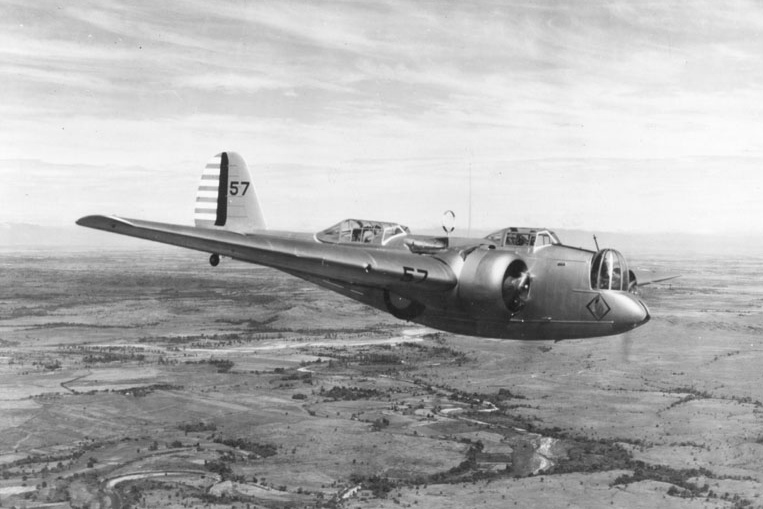
The Martin B-10 was the first all-metal monoplane bomber used by the U.S. Army Air Corps, marking a significant shift from biplane designs. It featured a fully enclosed cockpit, retractable landing gear, and internal bomb storage, innovations that set the standard for future bombers. Despite its groundbreaking design, the B-10 was quickly overshadowed by more advanced aircraft leading up to World War II, resulting in very few surviving examples.
Northrop YB-35
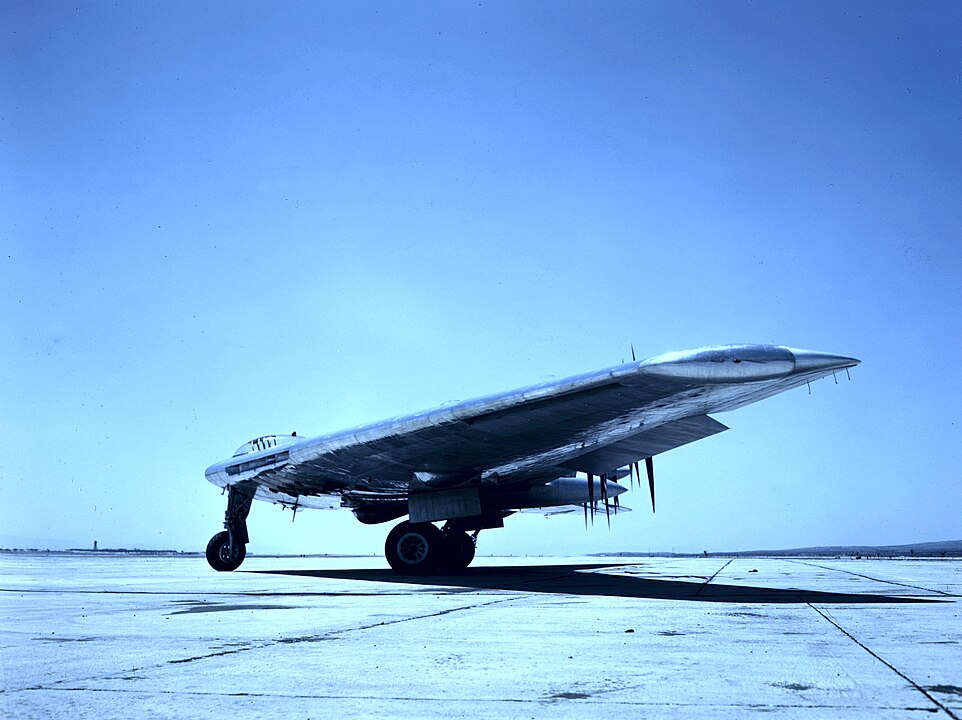
The Northrop YB-35 was an ambitious attempt at creating a long-range, flying wing bomber. Its futuristic design, with a tailless, all-wing configuration, was ahead of its time. Despite its innovative approach to aerodynamics and reduced drag, the YB-35 faced numerous technical challenges and never entered mass production. Today, the surviving prototypes are rare relics of a bold experiment in aviation design.
Consolidated B-32 Dominator
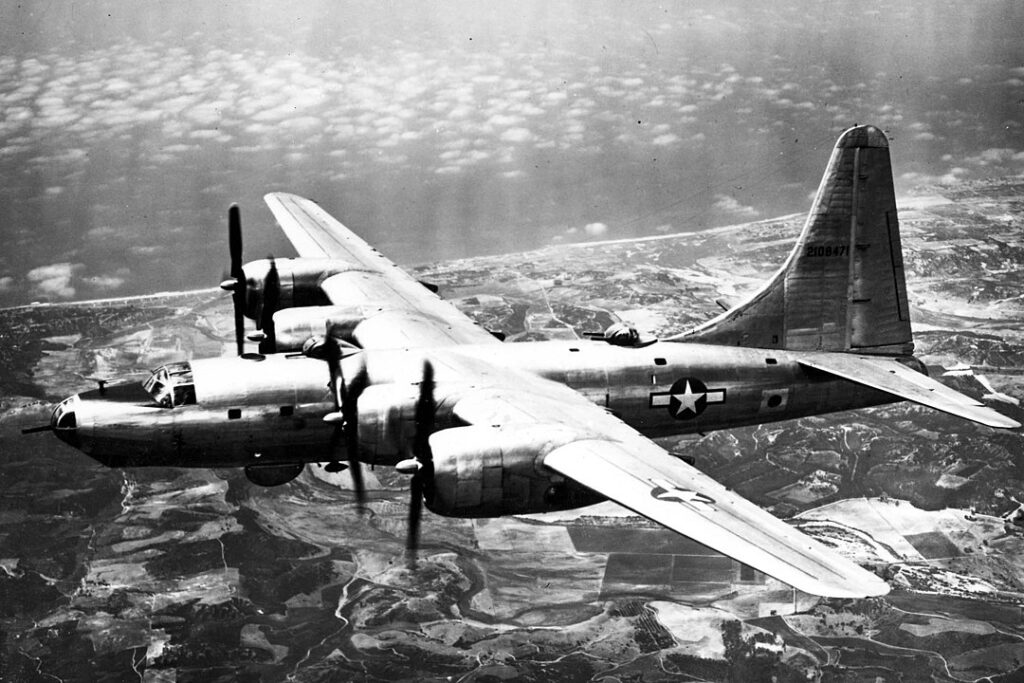
The Consolidated B-32 Dominator was developed as a backup to the more famous B-29 Superfortress during World War II. It was a heavy bomber with a similar mission profile but was used only in limited numbers toward the end of the war. The B-32’s relatively brief service life and the rapid post-war scrapping of military aircraft make it an exceedingly rare airplane today, with no complete examples remaining.
Bell XP-77
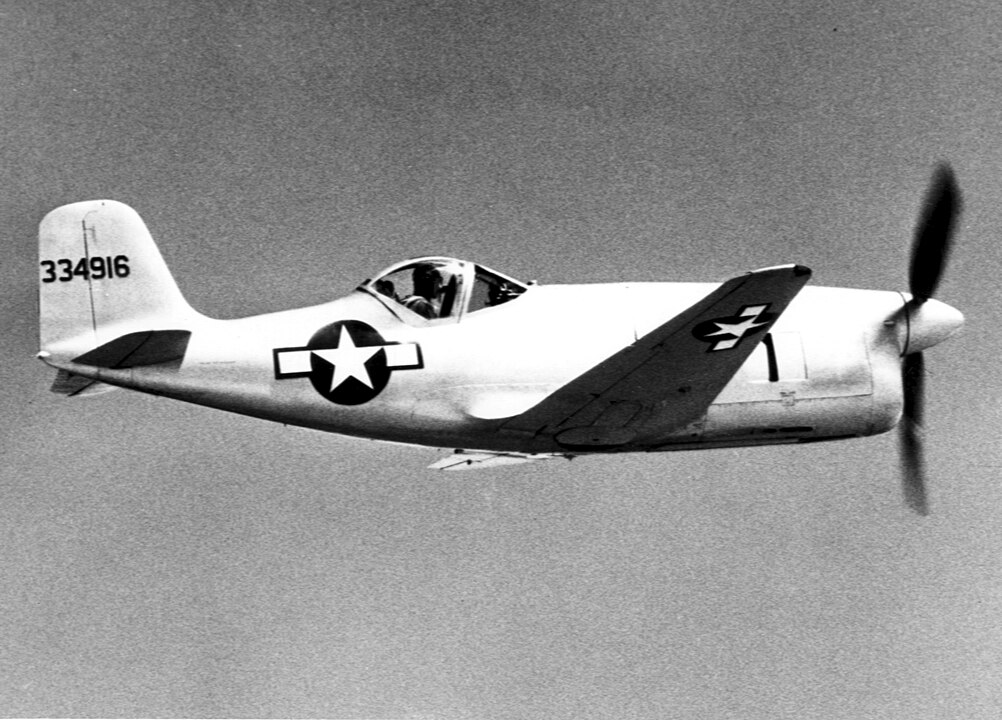
The Bell XP-77 was a lightweight fighter prototype developed during World War II, intended to be a nimble and cost-effective aircraft. Constructed primarily of wood due to metal shortages, the XP-77 was unique but ultimately underpowered and unsuitable for combat. Only two prototypes were built, and neither survived the post-war period, making the XP-77 a nearly extinct aircraft.
Hughes H-1 Racer
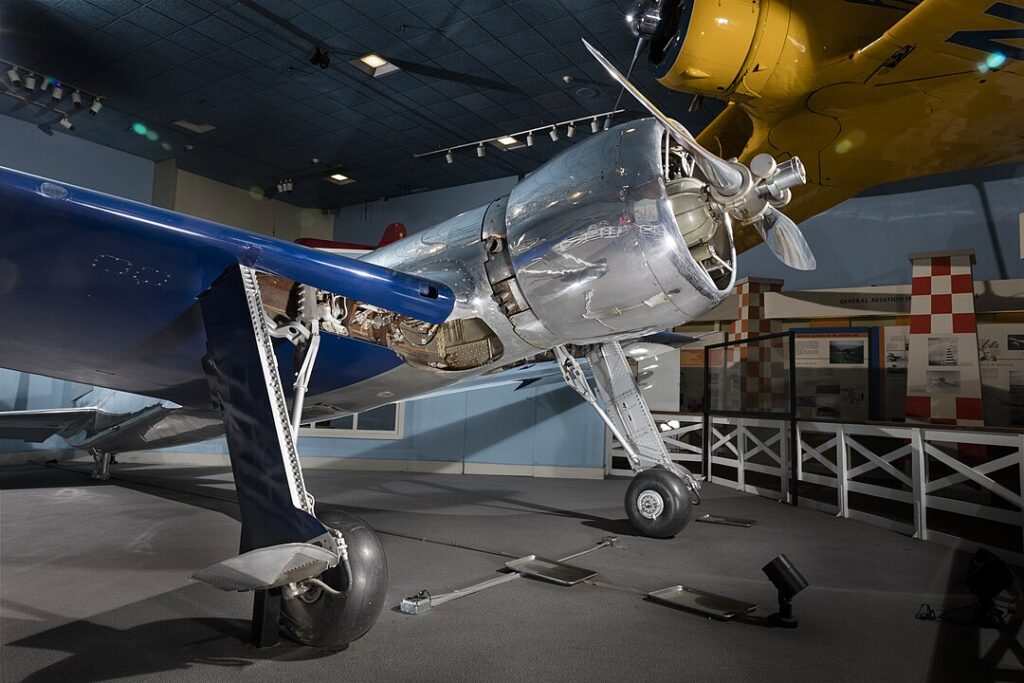
The Hughes H-1 Racer, designed and flown by Howard Hughes, was a sleek, single-engine aircraft that broke speed records in the 1930s. Its design included retractable landing gear, a fully enclosed cockpit, and smooth, flush-riveted surfaces, which contributed to its remarkable performance. The H-1 was a one-of-a-kind aircraft, and while replicas exist, the original has become a rare and cherished artifact in aviation history.
Curtiss P-36 Hawk
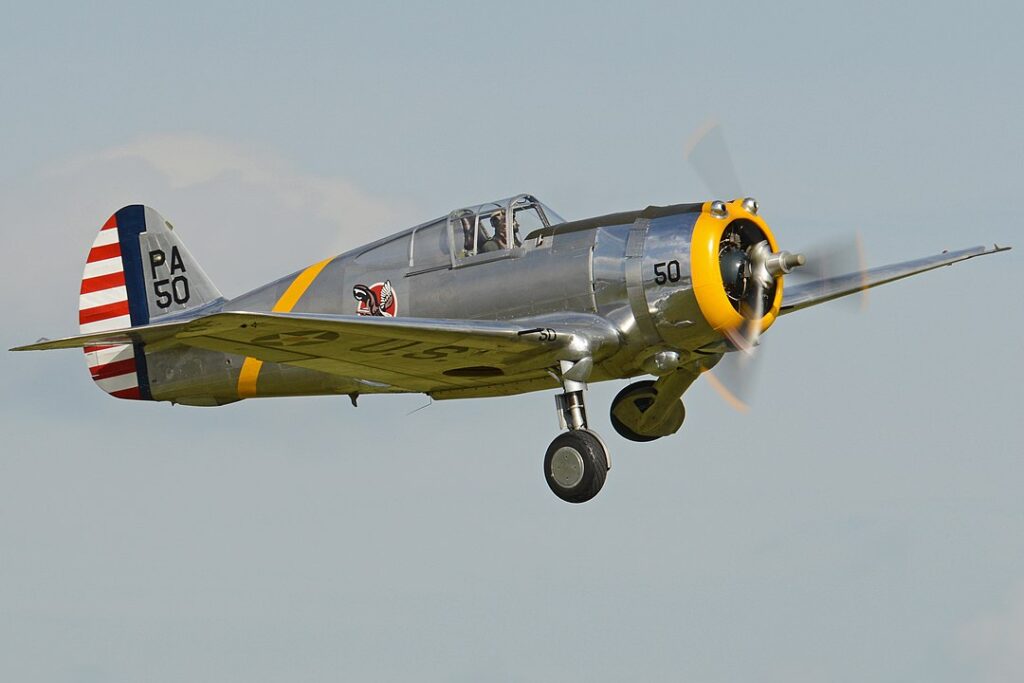
The Curtiss P-36 Hawk was an American fighter aircraft that saw limited use during World War II. It was one of the last biplane-inspired designs before the advent of the more advanced monoplane fighters. The P-36 was overshadowed by newer models like the P-40, leading to its early retirement. Today, only a few P-36s remain, primarily in museums, making it a rare sight.
Republic P-43 Lancer
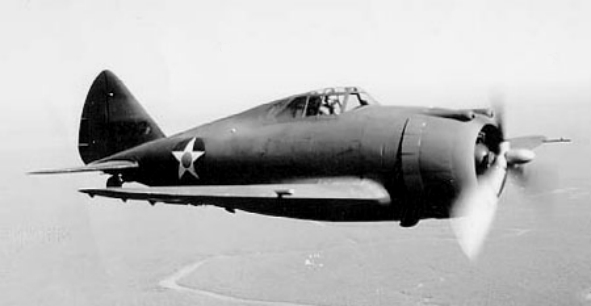
The Republic P-43 Lancer was a precursor to the more famous P-47 Thunderbolt, serving as an interim fighter for the U.S. Army Air Corps. Although it featured advanced design elements like a pressurized cockpit and turbocharged engine, the P-43 was quickly outclassed by more capable aircraft. Its limited production run and rapid obsolescence have made it a rare and nearly forgotten aircraft.
Sikorsky S-38
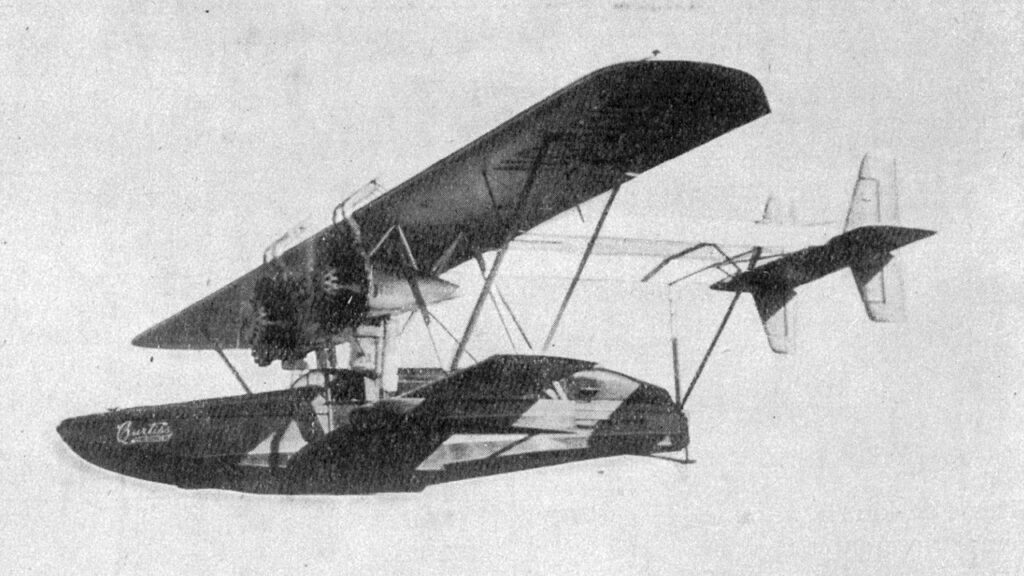
The Sikorsky S-38 was a versatile amphibious aircraft used for exploration and transport in the 1920s and 1930s. With its twin-engine design and ability to land on water, the S-38 was a favorite of adventurers like Charles Lindbergh. Its distinctive “flying boat” design and the rarity of surviving examples make the S-38 a unique and nearly extinct vintage airplane.
Vought XF5U Flying Flapjack
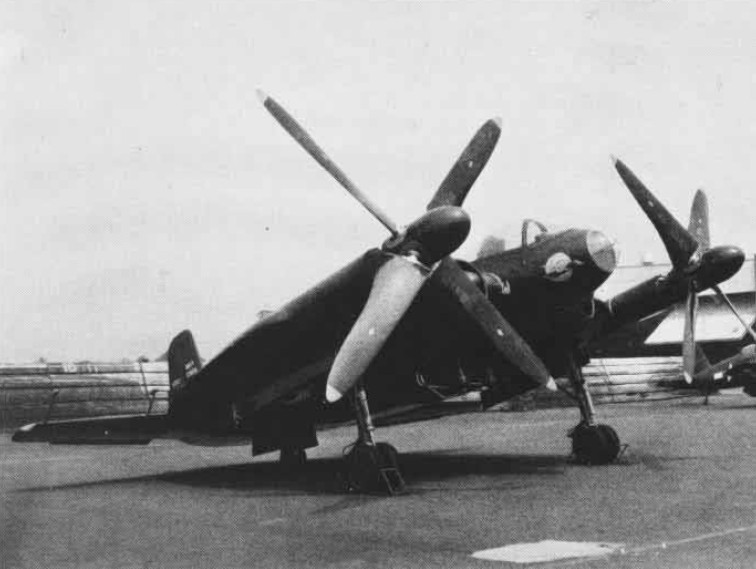
The Vought XF5U Flying Flapjack was an experimental aircraft with a distinctive, pancake-like shape, designed to achieve exceptional maneuverability and lift. It was a radical departure from traditional aircraft designs, but technical difficulties and the end of World War II led to the project’s cancellation. The sole prototype was scrapped, leaving the XF5U as a rare and curious footnote in aviation history.
North American XB-70 Valkyrie
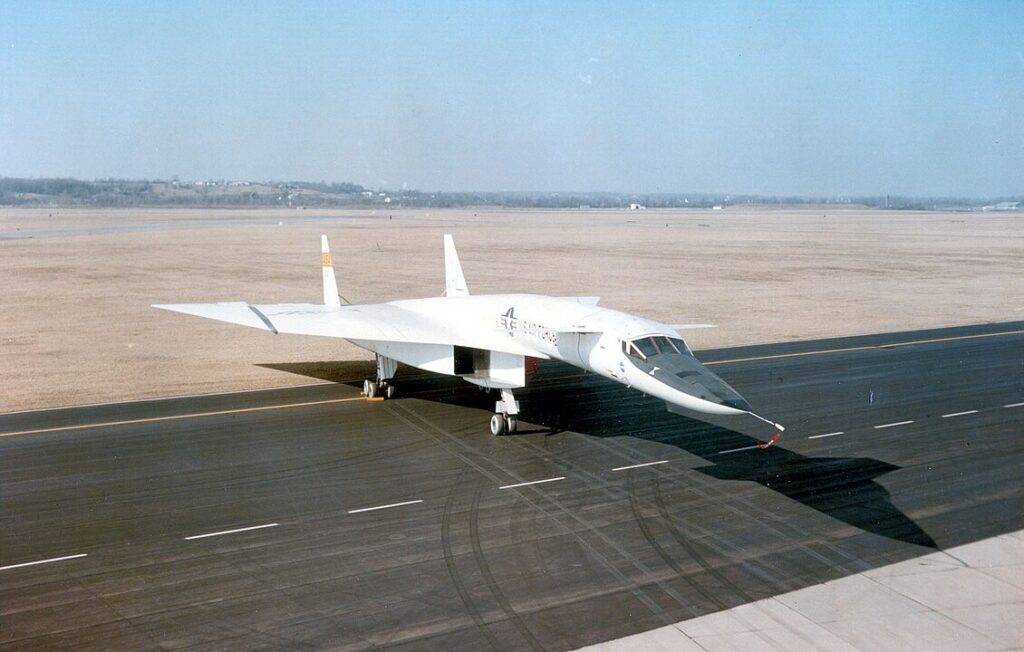
The North American XB-70 Valkyrie was a supersonic bomber prototype capable of reaching speeds over Mach 3. Its massive size, unique delta-wing design, and advanced technology made it a marvel of engineering. However, only two were built, and one was lost in a mid-air collision. The remaining XB-70 is preserved in a museum, making it a rare and iconic aircraft of the Cold War era.
Fairchild C-123 Provider
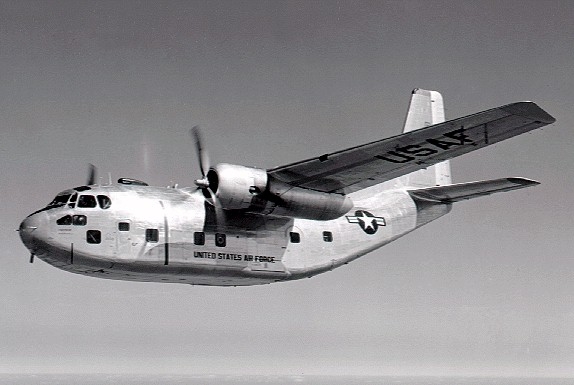
The Fairchild C-123 Provider was a military transport aircraft known for its ruggedness and ability to operate from short, unprepared airstrips. It saw extensive use during the Vietnam War for cargo and troop transport missions. Despite its significant service, the C-123 has largely disappeared from active duty, with only a few examples preserved, making it a rare vintage aircraft today.
This article originally appeared in MyCarMakesNoise.
More from MyCarMakesNoise
20 Rarely Seen Hypercars from the 1990s

The 1990s saw the emergence of hypercars that pushed the limits of performance and design, yet some of these incredible machines remain rarely seen. These vehicles were at the forefront of automotive innovation, boasting groundbreaking engineering and breathtaking speed. Read More
10 Amazing Details About the Chevrolet Corvette

The Chevrolet Corvette has captivated car enthusiasts for decades with its blend of cutting-edge technology, sleek design, and high-performance capabilities. Since its debut in 1953, the Corvette has evolved into an iconic sports car, renowned for pushing the boundaries of automotive innovation. Read More
10 Astonishing Facts About the Ford F-150

Chevrolet has long been synonymous with quintessentially American automotive design and innovation. From sleek sports cars to rugged trucks and everything in between, Chevy has produced some of the most iconic and visually stunning vehicles on the road. Read More














